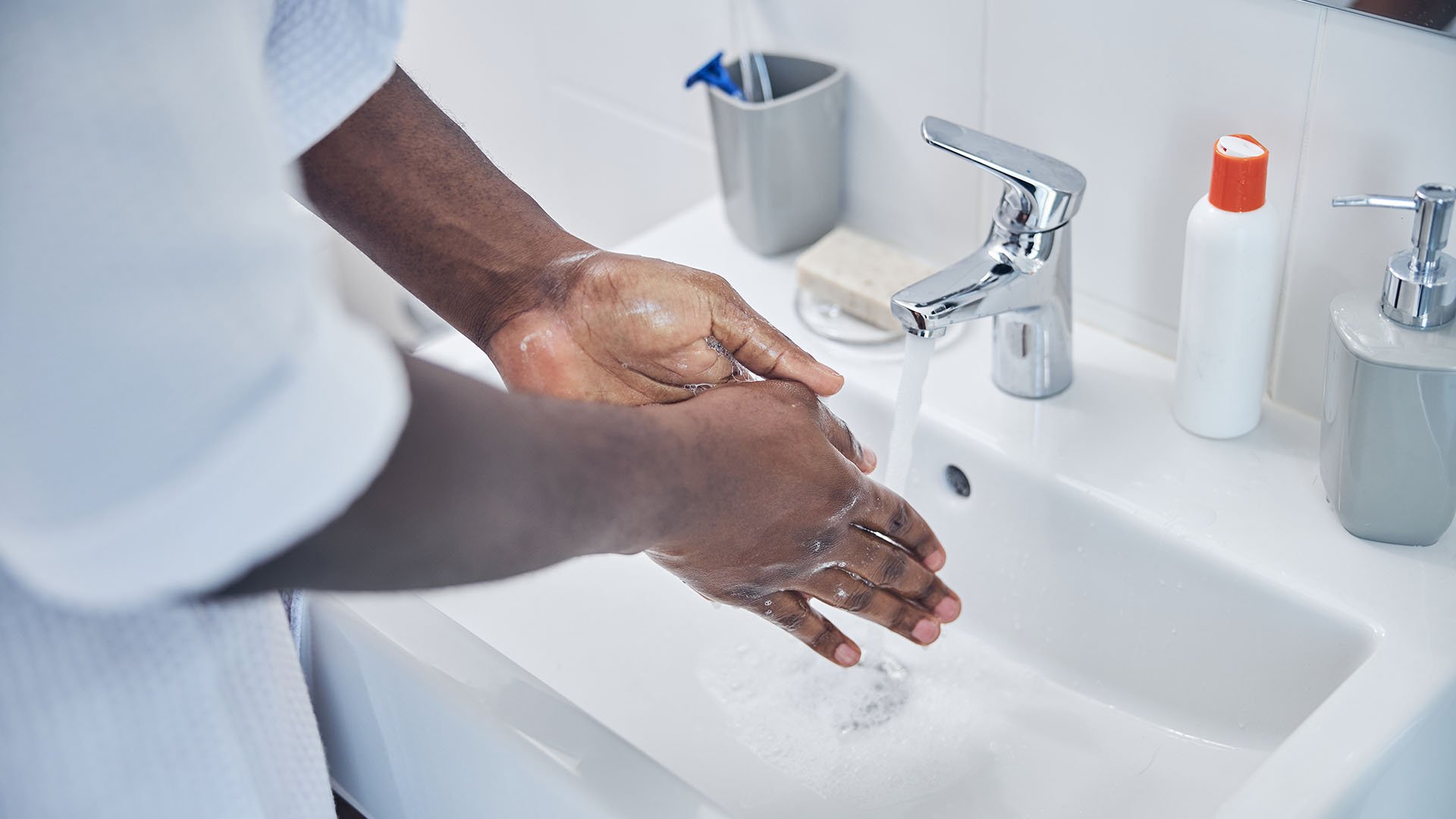The Future of Infection Control: Evolving with NHSN for Safer Care

Infection prevention and control continues to evolve as healthcare faces new challenges. For nursing homes, this means preparing for emerging infectious diseases, stronger antibiotic-resistant pathogens, and increasingly strict regulatory expectations. Staying ahead requires a proactive approach rooted in real-time data and enhanced surveillance.
The National Healthcare Safety Network (NHSN), operated by the CDC, is at the forefront of these changes. As the primary system for infection surveillance, NHSN is adapting to meet the shifting needs of healthcare environments like nursing homes, where residents are particularly vulnerable to infections and complications.
New trends are shaping infection control practices. Antimicrobial resistance remains a persistent threat, with new resistant strains making infections harder to treat. At the same time, regulatory bodies are strengthening requirements for infection reporting and prevention programs, increasing the need for accurate, timely data. Real-time surveillance and predictive analytics are also becoming essential, allowing facilities to respond before infections escalate into widespread outbreaks.
Learn about Our Consulting Services
NHSN is evolving to address these demands through updated modules, enhanced data reporting, and advanced surveillance technology. For example, upcoming module updates may include more detailed reporting for antibiotic-resistant infections and expanded categories for tracking emerging pathogens. These improvements help nursing homes monitor the most relevant infection data to support targeted interventions.
Data reporting is also becoming more streamlined. Integration with electronic health records (EHRs) and simplified reporting templates are reducing administrative burdens, allowing infection control teams to focus on prevention efforts rather than paperwork. Real-time data visualization helps staff identify infection patterns and take immediate action when needed.
One of the most promising developments is predictive analytics. By analyzing historical data and seasonal trends, nursing homes can anticipate infection risks and implement preventative measures before outbreaks occur. Facilities that have used predictive analytics to identify patterns—such as increased UTIs in warmer months—have successfully reduced infection rates by adjusting hydration protocols and staff education programs in advance.
Another key area of advancement is antimicrobial resistance monitoring. NHSN’s integration with AMR tools provides a clearer picture of antibiotic use and resistance patterns within nursing homes. This helps facilities strengthen their stewardship programs, reduce unnecessary antibiotic use, and protect residents from hard-to-treat infections.
These changes require collaboration; that's why NHSN continues to collaborate with nursing home consultants like Qsource to support nursing homes in interpreting data, adapting to reporting updates, and implementing effective infection control strategies. Facilities that partner with Qsource benefit from tailored training, streamlined reporting processes, and guidance on using NHSN’s evolving tools to strengthen their infection prevention programs.
As these advancements roll out, it’s important for nursing homes to prepare now. Investing in staff education, improving data collection infrastructure, and fostering a culture of continuous improvement all help ensure readiness for future NHSN updates. Nursing homes that proactively integrate predictive analytics and digital reporting systems will find it easier to adapt to new modules and reporting requirements as they arise.
Facilities that have embraced these strategies are already seeing the benefits. One nursing home working with a quality improvement partner used predictive analytics to anticipate seasonal respiratory infections, implemented preventative protocols in advance, and saw a measurable reduction in infection rates during winter months. They proactively implemented infection reductions by adding simple protocols, with big results!
Looking ahead, the future of infection control will rely on anticipating risks before they impact residents. NHSN’s evolving modules, advanced surveillance, and predictive capabilities provide nursing homes with tools to create safer environments, strengthen regulatory compliance, and optimize care quality.
By embracing these innovations and partnering with organizations like Qsource, nursing homes can remain resilient and ready to meet the challenges of tomorrow’s healthcare landscape.
Subscribe to the Qsource Blog
Get emailed articles, guides, and updates.



